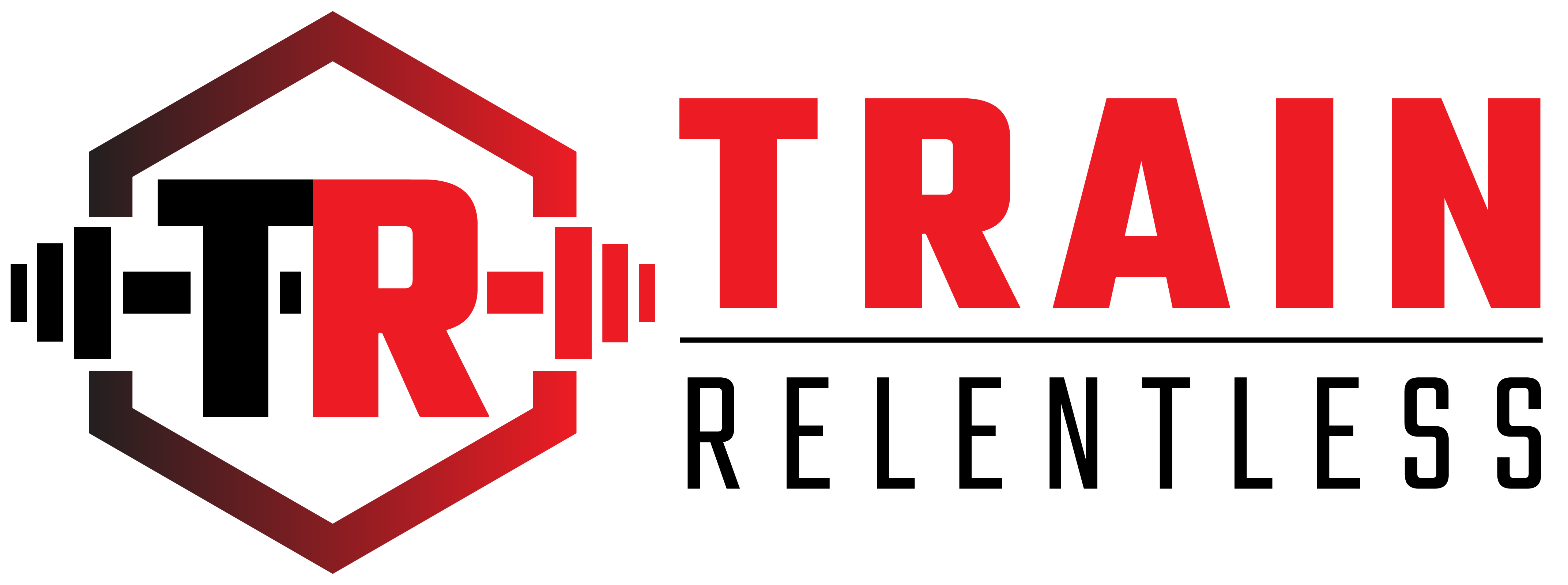It is common for a lot of gym-goers to switch to heavier weights as they develop strength. In fact, it’s common to see people opt for heavier weights to experience DOMS a day or two after the workout. However, how long does it take before you hit a wall and you can no longer lift the dumbbells that you’ve picked? The last thing that you want is to push yourself to the point where you are at risk of getting injured.
Building your fitness on a shaky foundation will only lead to future injuries. What if less is better? It’s common in the fitness industry to aim towards heavier weights or perhaps more reps or more sets. Though volume plays a role in developing your muscles, you also want to be particular about the quality of each rep.
Slowing down each rep can be a good way to see faster progress in your goals.
The Three Phases of Lifting Weights
Before we dive deeper, it’s important to know the three phases of lifting.
It involves the eccentric, isometric, and the concentric. Eccentric phase pertains to the lowering. Next, you have the isometric phase where you pause during your lift. And last, you have the concentric which is the part where you lift the weights.
In a push-up, pushing your body up off the ground is the concentric phase of the exercise. Any time you pause during the exercise is the isometric phase. And lastly, the eccentric phase is the part where your chest goes down.
It is tempting to skip the eccentric part of any workout. Lots of people are guilty of letting gravity do its job without any resistance. It could be during doing bench press when people almost drop the weights and bounce the bar on their chest to get it up once again. Or it could be during bicep curls when they reset their position after lifting the dumbbell.
The 3 to 5 Seconds in Eccentric Phase
If you are starting a program, why not focus on a 3 to 5-second eccentric phase in every rep. It means that whether you are doing a pull up, a push up, or even when you are doing bicep curls. Resist the temptation to go straight down to restart your rep. This will keep you from switching weights or adding reps that you are supposed to finish per set.
So why should you slow down your reps?
It is more efficient in building strength
If your goal is to develop strength, extending the eccentric phase can give you better results. Between the three phases, the eccentric phase develops greater force than the concentric and the isometric component of your lift.
A study discovered that between concentric and eccentric phase, eccentric resistance training brings greater strength total. It is also discovered that eccentric contractions are more efficient compared to concentric contractions when it comes to developing strength. This is also the reason why physiotherapists tend to focus on the eccentric phase for elderly patients who are recovering their muscle mass or building muscle strength during rehab.
Get Bigger Faster
Between eccentric and concentric training, eccentric training is found to be superior in promoting greater increase in muscle hypertrophy. This means that if you have plans of growing your muscles, it is better to concentrate on slowing down each rep rather than “squeezing” every rep. This could be a great way to maximize lighter weights in your gym.
Prevent and Rehab Injuries
Getting injured during your workouts can make you lose your progress. There are various studies pointing towards eccentric training as a means to avoid injuries.
You can be true to yourself and not let your ego get the best of you. Since slow reps are more difficult, you won’t dare pick up a heavy dumbbell when you are slowing down your eccentric phase.
Then, a study even suggests that it can aid in the recovery of your injuries. A study published in the British Medical Bulletin in 2014 that discovered eccentric exercise is a great way to manage Achilles tendinopathy, patellar tendinopathy, and lateral epicondyle tendinopathy.
Understand Movements
A lot of beginners get away with bad form. This is a bad thing especially for those who would be tempted to pick up heavier weights thinking that they already developed the strength to handle an increase in resistance. This is a disaster waiting to happen if you lack proper form.
With a slow and steady pace, you will feel that low weights are enough to give you a challenge. Plus, you can also learn the entire motion. You will be able to understand how the arms should be positioned plus how you should be engaging your core in some exercises.
Get a More Challenging Workout
Let’s say that you don’t have access to the gym. Maybe you are traveling or perhaps, gyms are still not allowed in your area. It’s a common problem by advanced fitness enthusiasts to get bored when it comes to doing bodyweight exercises. By counting 3 to 5 seconds during the eccentric component of your body weight exercises, the workout can start to feel different. Don’t be surprised if you will feel sore the next day or two the longer the eccentric phase is.
You Don’t need to Buy More Weights
A lot of people think that using heavier weights is key to getting good results on their workout. When you have a home setup and you can’t afford to hoard lots of weight in your small apartment, this is a simple tweak that can help you optimize whatever weights are available.
Final Thoughts
Slowing down your reps can be a good thing for different situations. Whether you want to get big or you simply don’t have access to the usual weights that you carry, focusing on 3 to 5 seconds of eccentric phase per rep can be a game-changer in your workout.
